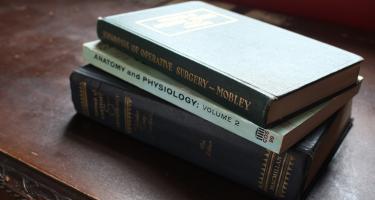
David Williams: Homewaters—A Human and Natural History of Puget Sound
In 2018, an orca mother in Puget Sound triggered news stories worldwide, carrying her 6-foot-long dead newborn on her back 17 days, traveling 1000 miles before letting go. Her loss highlights present-day concerns and efforts to clean and restore an environment where humans and other species have long co-existed, David Williams reports in Homewaters: A Human and Natural History of Puget Sound.








